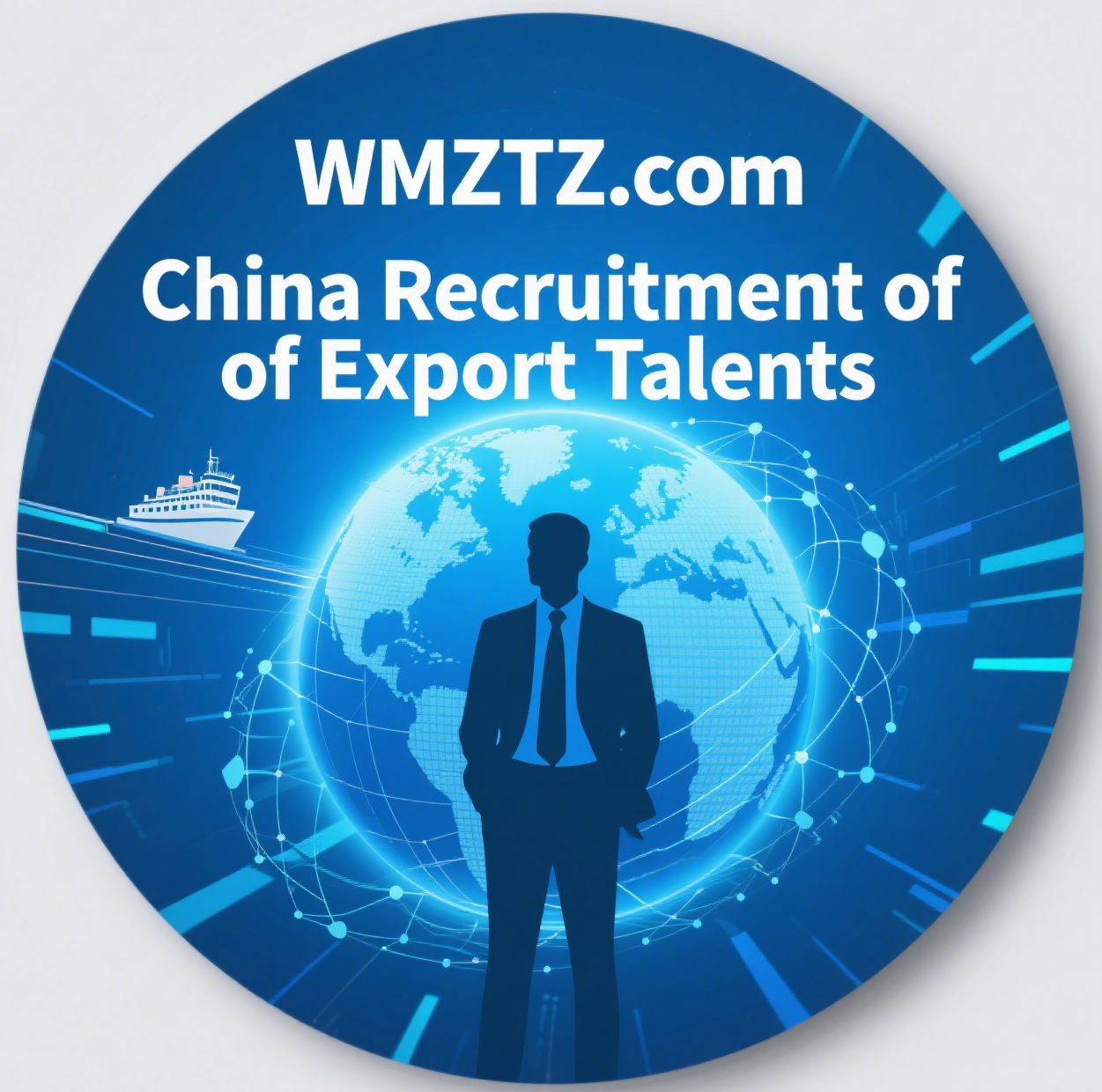What should I do if I have a dispute with a Chinese seller over a product quality issue?
alyceducrozBegginer
What should I do if I have a dispute with a Chinese seller over a product quality issue?
Share


1. Collect Comprehensive Evidence
2. Initiate Direct Negotiations with the Seller
3. Escalate to Government-Backed Channels
A. National Complaint Hotlines
B. Regulatory Agency Involvement
C. Digital Complaint Platforms
4. Pursue Legal Recourse (for Unresolved Cases)
5. Critical Considerations for Success
Example Case: Shenyang Cosmetics Dispute Resolution
Conclusion